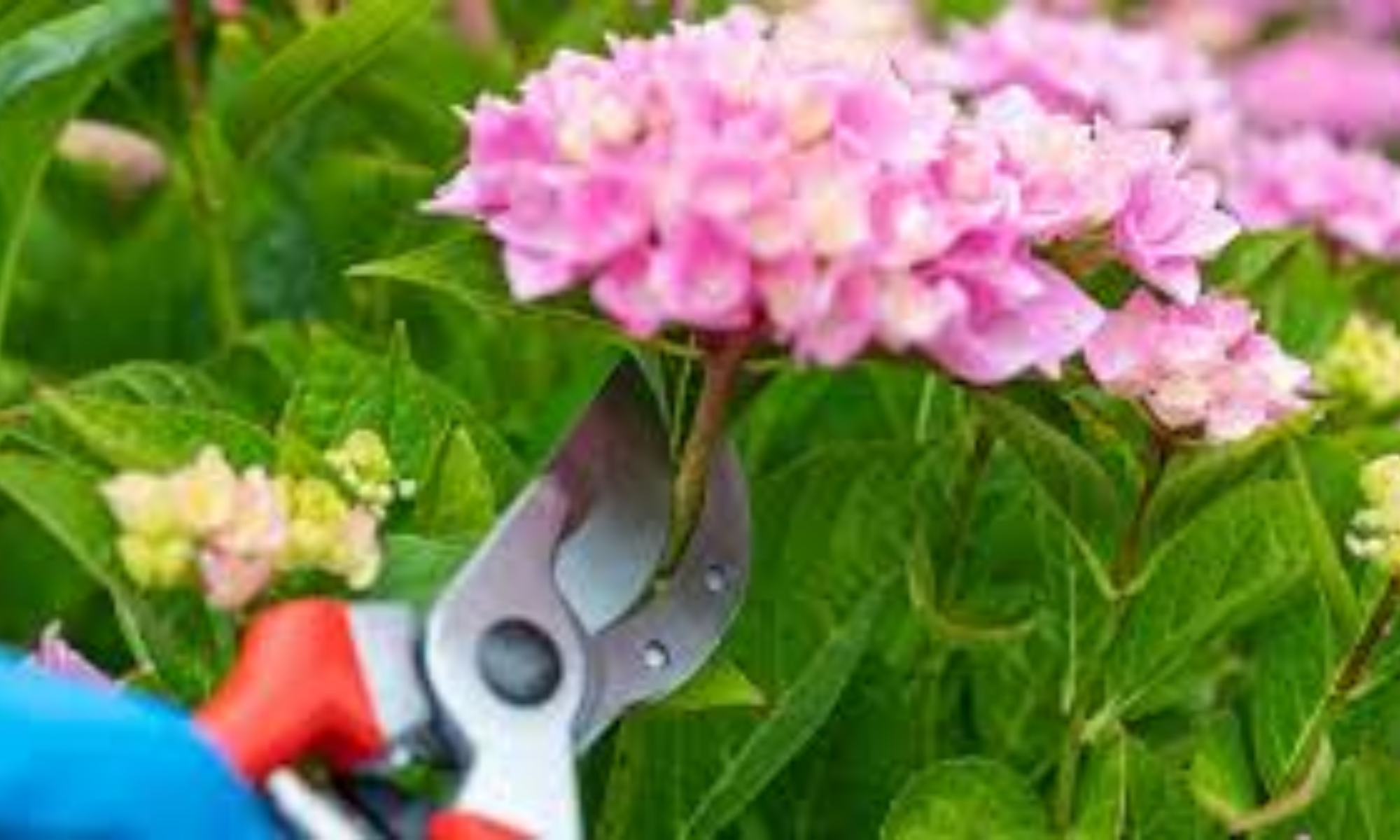- Tool Preparation: Ensure your pruning tools are clean and sharp. Use sterilized pruners to avoid spreading diseases between plants.
- Deadheading: To remove wilted flowers and encourage new blooms, cut the flower stems just below the flower heads, being careful not to damage emerging new shoots.
- Shaping: To control the size and shape of your hydrangea, trim the stems to your desired height or shorten them slightly. Cut just above a set of leaves to encourage branching and compact growth.
- Removing Dead or Damaged Stems: Look for dead, diseased, or damaged stems during pruning and cut them back to the base of the plant. This helps remove weakened parts and promotes healthy growth.
- Cleaning Up: After pruning, be sure to clean up and remove all plant debris around the hydrangea to prevent the spread of disease or pests.
- Watering and Fertilizing: After pruning, water your hydrangea thoroughly to aid in recovery. You can also apply a balanced fertilizer to encourage healthy new growth.
By following these steps, you can prune your hydrangeas properly to maintain their health and beauty throughout the growing season. Always remember to consider the specific type of hydrangea you have, as their pruning needs may vary based on the variety.
🌸 Happy Gardening! 🌸
